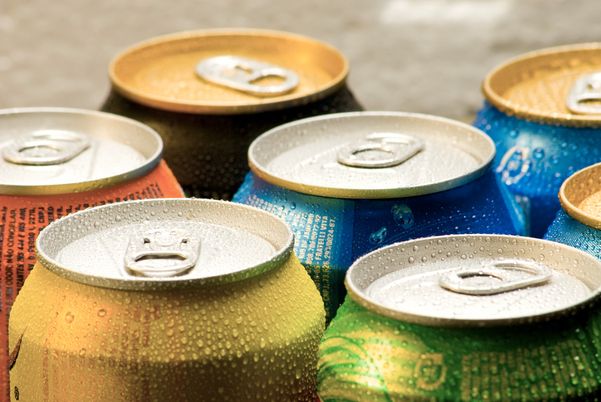Come on down, 5-Hour Energy, you're next up for the interrogation room in the ever-expanding energy-drink investigation.
Just weeks after Monster Beverage's (MNST +1.21%) energy drinks were implicated in five deaths, the Food and Drug Administration has announced it's looking into reports of 13 deaths that may have involved 5-Hour Energy, distributed by the privately held Living Essentials.
The leading energy shot has been mentioned in about 90 reports with the FDA since 2009 with some incidents involving heart attacks. The FDA has not made any conclusions about causality between the energy drinks and the deaths, and the agency has said it doesn't have enough evidence to change how it regulates caffeine or other stimulants in energy drinks.
The Substance Abuse and Mental Health Services Administration, a separate federal agency, said energy drinks were associated with 13,000 emergency room visits in 2009. By comparison, there were over 650,000 alcohol-related visits to emergency rooms in 2009, though most of those were because of its combination with illegal drugs.
Where do we go now?
Like Monster, Living Essentials put out a statement standing behind the safety of its product, and saying it does not cause problems when taken as directed.
But with every new report calling out the health and safety of these energy drinks, the products take one step closer to being treated and viewed like tobacco and alcohol: controlled substances that are essentially safe when taken in moderation, but are often abused, leading to health problems and addiction.
Monster seems to be following the same playbook as cigarette companies a generation ago, specifically marketing to teenagers and young adults by aligning itself with athletes like the ones found on ESPN's X Games, and with a number of bands that fit with its rebellious image. As further reports come to light, the industry may end up following tobacco's path in the regulatory arena as well.
That's not to stay this news is the stock's death knell by any means. Despite decades of lawsuits, excise taxes, and public service announcements, Philip Morris (PM +0.42%) and its former domestic arm Altria (MO +2.75%) are today worth a combined $200 billion in market value, and based on their dividend yields and valuations, the market has no expectations for them to disappear. Alcohol, as the country learned during prohibition, is not going anywhere either.
But energy drinks aren't the only beverages in the regulatory spotlight these days. Sodas and sugary drinks have increasingly been a target of public health campaigns, and are seen as a major factor in the increase of diabetes and other preventable diseases that have led to increased health care costs.
New York Mayor Michael Bloomberg has imposed a ban on large sugary drinks that goes into effect next March, and similar legislation has been proposed in a number of municipalities around the country.
Monster is often seen as a potential acquisition target by beverage giants like Coca-Cola (KO +0.94%) and PepsiCo (PEP +1.50%), but considering the soda makers are already fighting their own lobbying battles to keep their namesake drinks in good graces, it seems less likely for them to take on another brand embroiled in its own health scare.
Foolish takeaway
For Monster investors, the damage from these inquiries may already have been done. The stock dropped about 30% in the week following revelations of the FDA's investigation, and after a mild recovery, shares dropped 5% in early trading yesterday after the 5-Hour Energy reports became public.
Perhaps more disconcerting than the FDA investigation was Monster's most recent quarterly report, which saw sales growth slow dramatically to 14%, and earnings per share increase by just 6% to $0.47. CEO Rodney Sacks said sales growth returned to solid levels in October, after the third quarter ended, so the slowdown could have been an anomaly. The coming quarters should give us more decisive information on how consumers have reacted to the health concerns and will let us know if Monster can muster the staying power that tobacco and alcohol have achieved.










